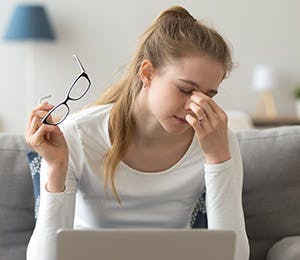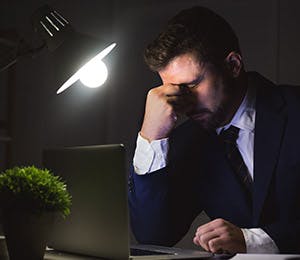
Headache & Migraine
Headaches can be dull and throbbing, sharp and pinpointed, and can last for a few minutes or a few days. There are three main types of headaches: tension, migraine and cluster headaches. Each may have its own causes and different symptoms. Migraine headaches differ from tension headaches in that the pain is usually restricted to one side of the head, and may be described as throbbing, moderate to severe pain.

Cluster headaches - gender differences and treatment
Both men and women experience headaches. However, certain types of headaches may be more common in one sex than in the other. Cluster headaches are a good example – men are about six times more likely to have cluster headaches than women.3
What is a cluster headache?
Cluster headaches tend to occur in clusters at the same time of day or night for several weeks or months, followed by a period of time during which there are no cluster attacks.3,4
Head pain from a cluster headache is severe and may last from 15 minutes to 3 hours.
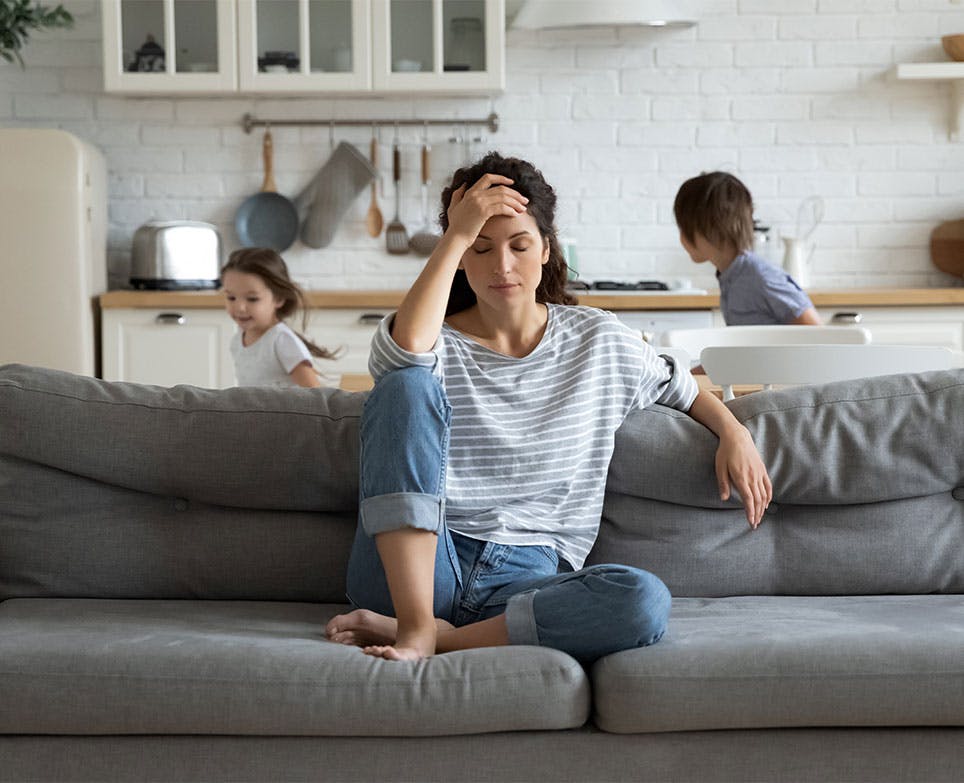
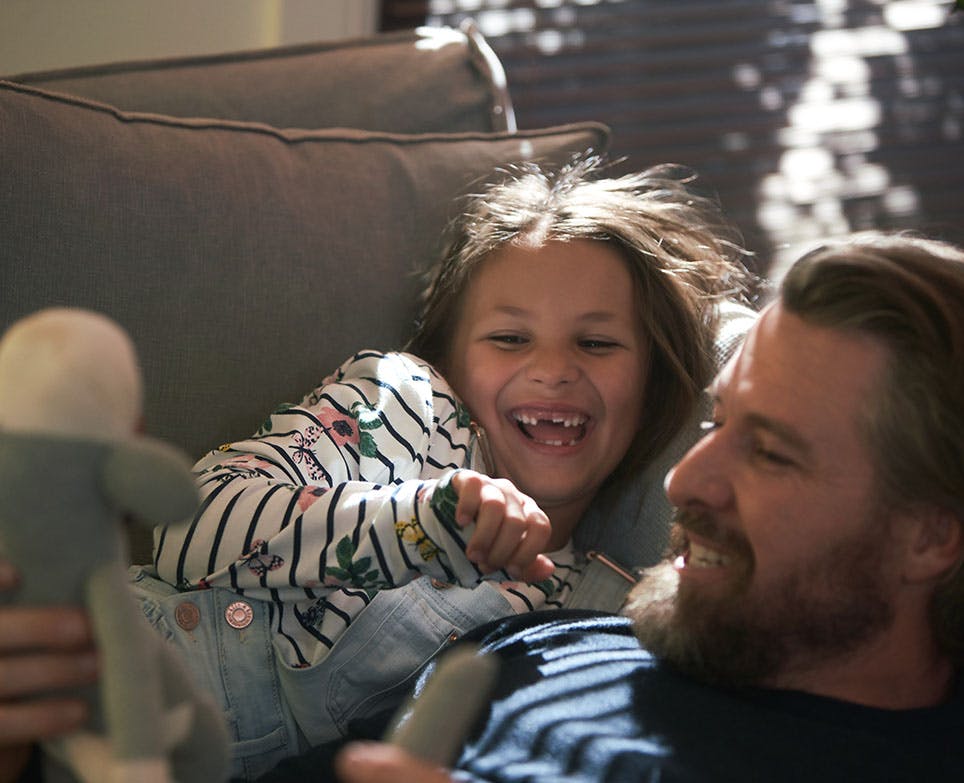
Pain is usually isolated to one side of the head and behind and around the eye. Additional symptoms may include red, watery eyes and a blocked or runny nose that only affect the painful side.3,4
Cluster headaches: men versus women
Some known triggers include smoking and drinking alcohol, though it is not known whether these triggers differ significantly for men and women. Cluster headaches may also have a genetic link. A family history of cluster headaches may increase the risk, and play a role in the increased incidence.4,46
Symptoms and onset are also slightly different in men than in women.47
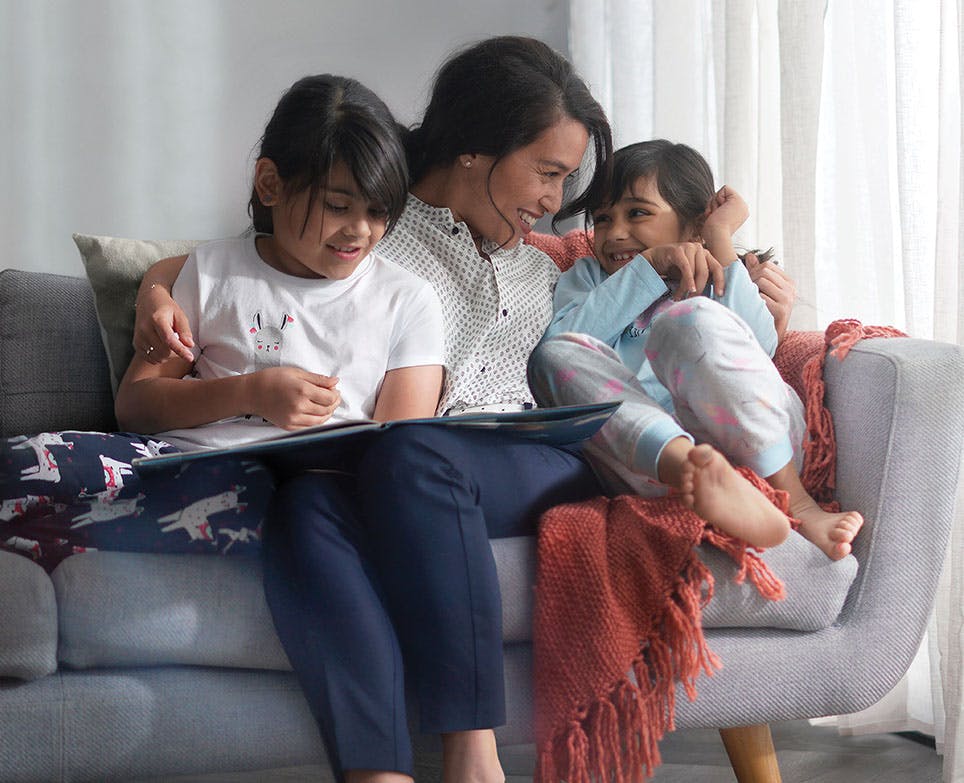

Women tend to have two cluster headache development peaks in their lifetime, in their teens and 40s.
Men, on the other hand, usually have only a single headache development peak, in their 20s.
Both men and women have an average of three cluster headaches per day. Women, however, experience shorter periods of head pain than men.
Despite these differences, treatment for cluster headaches is the same for both sexes. This might range from taking acetaminophen, such as Panadol®, to prescription and the use of oxygen therapy.3,4



